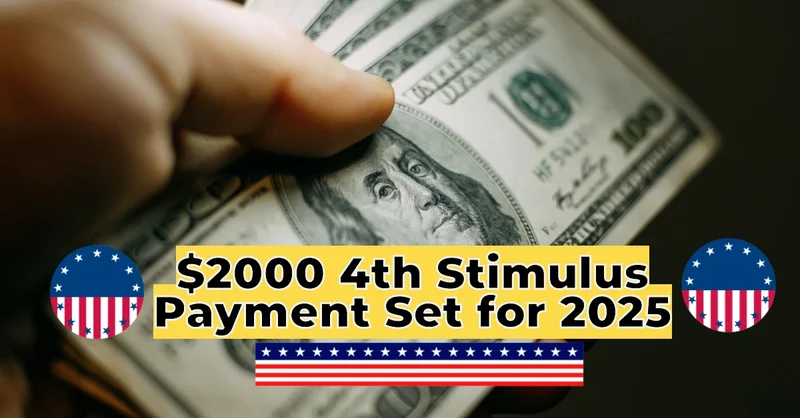The persistent chatter about a new federal stimulus check for 2025 has become a fascinating case study in information distortion. Across social media platforms, I've observed a recurring pattern of posts—often citing specific, oddly precise figures like $1,702—that generate significant engagement. This isn't random noise; it's a quantifiable signal of economic anxiety. People are looking for relief from high prices, and the memory of past stimulus payments has created a powerful feedback loop of hope and misinformation.
But hope is not a data point. When we strip away the anecdotal evidence and look at the actual mechanics of federal disbursements, the signal vanishes. The chatter is like a ghost in the machine—an echo of the massive fiscal interventions of the COVID-19 era that people are mistaking for a current event. The truth, however, is found not on social media feeds, but in the silent, unmoving dockets of congressional committees. And those dockets tell a very clear story.
For any federal payment to materialize, a bill must be introduced, debated, and passed by Congress before being signed by the President. This is the fundamental, unskippable process. Examining the proposals that have fueled the new stimulus check 2025 rumors reveals a consistent pattern of legislative inertia.
First, there was the "DOGE dividend," a concept floated by President Trump himself. Despite the high-profile name attached, the idea never translated into a formal, actionable piece of legislation. It existed only in rhetoric, which from a data analysis perspective, has a value of zero.
Then came a more concrete proposal from Missouri Senator Josh Hawley: the American Worker Rebate Act of 2025. This bill would have used revenue from tariffs to fund a tariff stimulus check 2025, providing at least $600 per person. The bill was introduced and formally referred to a Senate committee in August. And there it sits. There have been no updates, no hearings, no movement. In legislative terms, this is the equivalent of a flatline.

More recently, Rep. Ro Khanna of California proposed a $2,000 stimulus check 2025 for families earning under $100,000. He announced his intention to draft a bill via a post on X (the platform formerly known as Twitter), linking the payment to what he called "unfair tariffs." Again, the announcement generated headlines, but as of today, there has been no official news of a corresponding bill being passed or even seriously debated in Congress.
I've looked at hundreds of these types of proposals over the years, and this particular pattern is common. A lawmaker floats an idea, it gets media traction, but it never survives contact with the procedural reality of Washington. What is the actual political calculus here? Is the goal to pass a law, or is it simply to generate engagement and signal to constituents that you're "fighting for them"? The data suggests the latter.
The analysis is complicated by a separate, and very real, set of payments occurring at the state level. Several states, including New York, Pennsylvania, and Georgia, are indeed sending out "inflation relief" or "rebate" checks to their residents. For instance, the NY stimulus check 2025 provides up to $400 for married couples filing jointly who meet certain income criteria (specifically, an income up to $150,000).
This is where a critical analytical error is being made by the public. These state-level payments are being incorrectly extrapolated to predict a federal action. It’s a classic case of mistaking correlation for causation. The economic pressures causing New York to issue a rebate are the same ones causing people nationwide to wish for a federal check. The two events are correlated by a common cause—inflation—but one does not cause the other.
These state programs are funded by state-specific budget surpluses or designated funds. They are not connected to the IRS or the federal treasury in any way. They are localized fiscal tools, not a precursor to a nationwide government stimulus check 2025. To believe otherwise is to misinterpret the dataset entirely. The existence of a $400 payment in one state provides zero evidence for a pending $1,702 payment from the federal government. It's like seeing a small, regional weather pattern and predicting a global storm. The scale and the mechanisms are fundamentally different.
Ultimately, the desire for another stimulus check is a lagging indicator of economic pain, while the online rumors are a leading indicator of our vulnerability to misinformation. The proposals from politicians are, for the most part, political signaling—press releases disguised as legislation. They are designed to be talked about, not passed. When you filter out the noise, the rhetoric, and the misinterpretations of state-level actions, the data on a federal stimulus check for 2025 is unambiguous. The legislative pipeline is empty. The congressional calendar is full. The signal is zero.